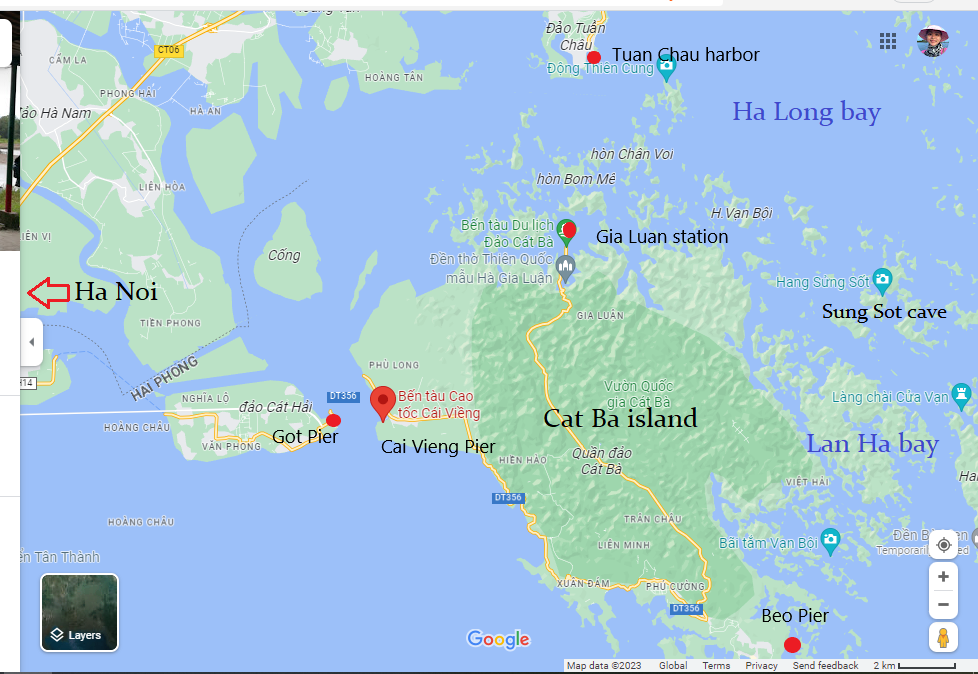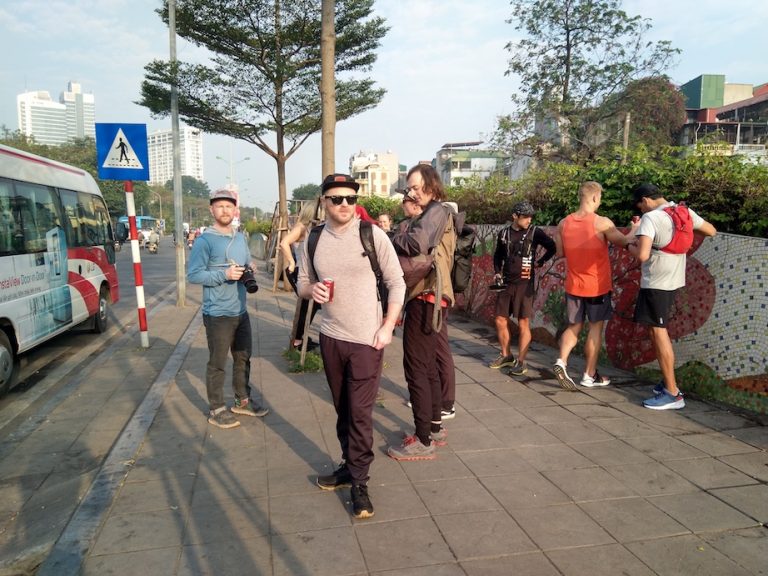Filming in Ha Long bay, Lan Ha bay, Cat Ba, Vietnam
Ha Long bay is a very famous location in Vietnam for tourism but also filming, and together with Ha Long bay is Lan Ha bay and Cat Ba. In this post, we will answer questions such as: How to go there? What’re requirements to film there? How to rent a boat to film?
Ha Long Bay, located in the Gulf of Tonkin in northeast Vietnam, is a breathtaking natural wonder that attracts visitors from all over the world. With its crystal-clear waters, towering limestone cliffs, and picturesque islands, it’s no surprise that Ha Long Bay has become a popular destination for filmmakers looking to capture its stunning beauty on camera. In this post, we’ll cover everything you need to know about filming in Ha Long Bay, from how to travel there to what to keep in mind when shooting.
Getting to Ha Long Bay
Ha Long Bay is located about 170 km east of Hanoi, Vietnam’s capital city. The easiest way to get there is by taking a bus or taxi from Hanoi to Ha Long City, which takes about 3-4 hours. From there, you can take a boat or ferry to explore the bay.
If you’re planning to bring filming equipment with you, it’s important to make sure that it’s properly secured and protected during transportation. You may also need to obtain special permits or licenses to bring filming equipment into Vietnam, so be sure to check with the relevant authorities before you travel.
To understand travel route in Ha Long bay and Cat Ba, you can look at the following picture:

There are 2 ways to get to Beo Pier to discover Lan Ha bay:
+ First way: travel by car from Hanoi to Got Pier, then wait for the ferry to take to travel to Cai Vieng Pier. The ferry is usually big enough for car, so you don’t have to switch to another car/vehicle. Problem is the ferry only run usually from 6am to 6pm with the frequency of each 30 minutes. And it takes around 15 minutes to travel by ferry. Then from there, the car can just go to Beo Pier.
+ Second way: travel by car from Hanoi to Tuan Chau harbor. Hire a speed boat to travel from Tuan Chau harbor to Gia Luan station (take around 30 minutes). From Gia Luan station, need to use another car to travel to Beo Pier.
Requirements for Filming in Ha Long Bay
If you plan on filming in Ha Long Bay, you will need to obtain permission from the local authorities. This can be done by contacting the Ha Long Bay Management Board, which is responsible for regulating activities in the bay. You will need to provide details about your filming project, including the locations you plan to film in and the equipment you will be using.
In addition, you will need to pay a filming fee, which varies depending on the nature of your project and the duration of your stay. It’s important to note that the fees for filming in Ha Long Bay can be quite high, so be sure to budget accordingly.
Weather in Ha Long Bay
The weather in Ha Long Bay can be unpredictable, so it’s important to plan your filming schedule accordingly. The best time to visit Ha Long Bay is during the months of March to May and September to November, when the weather is generally mild and dry.
During the summer months of June to August, temperatures can be quite high, and there is a higher chance of rain and storms. From December to February, the weather can be quite cold, with occasional fog and mist that can obscure the views.
What to Notice When Filming in Ha Long Bay
When filming in Ha Long Bay, it’s important to be respectful of the local culture and environment. The bay is home to several floating fishing villages, and it’s important to obtain permission before filming or taking photographs of the local residents.
In addition, it’s important to be mindful of the impact that your filming equipment and activities may have on the environment. Avoid littering or disturbing the natural habitat of the local wildlife, and be sure to leave the area as you found it.
In conclusion, Ha Long Bay is a stunning location for filming, but it’s important to plan ahead and obtain the necessary permissions and permits before you travel. With proper preparation and respect for the local culture and environment, you can capture the beauty of this natural wonder and create unforgettable cinematic experiences.


